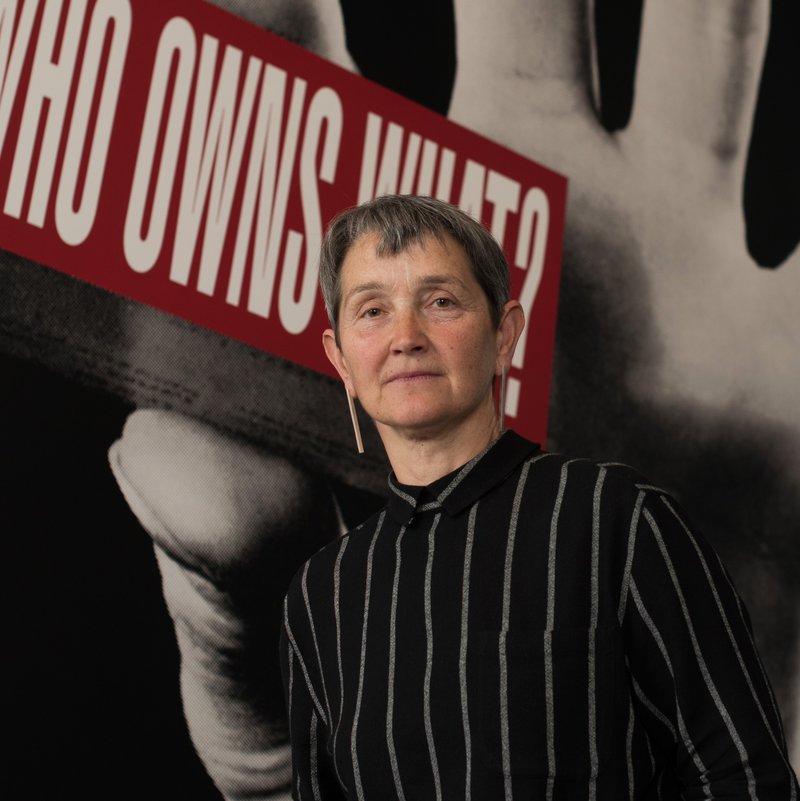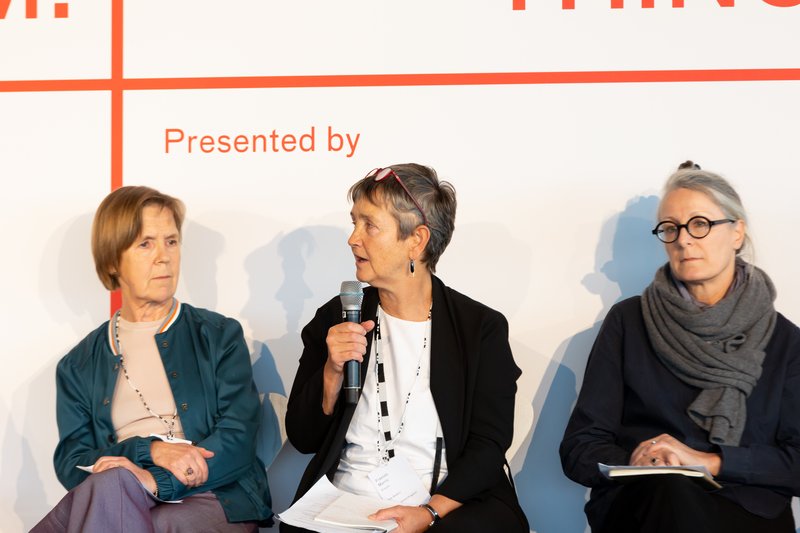A 50% reduction in greenhouse gas emissions by 2023

“I prefer to use the term "ecological perspective" to "ecological work" because it allows the audience to examine and process all types of artwork through the lens of climate and ecological change by finding vital connections between humans, animals, and the physical environment”.
Frances Morris, Director of Tate Modern, CIMAM Board member and chair of CIMAM's Sustainability and Ecology in Museum Practice working group, reflects on the role of museums and artists in responding to the climate emergency and explains the strategies pursued by Tate Britain, Tate Modern, Tate Liverpool and Tate St-Ives to achieve the ambitious target of a 50% reduction in greenhouse gas emissions by 2023.

We have been working to achieve a 50% reduction in our carbon emissions by 2023 from a 2007 baseline and, although the pandemic has brought us to our target earlier than expected - we have just reached 56% - we are confident that our ambitious program of reductions will enable us to maintain it and make further progress. The following is a sample of how we have achieved this:
- We are switching to a 100% renewable energy green electricity tariff in all galleries in 2019.
- Reduced business travel by 44% since 2013/14.
- We installed automatic meter reading to monitor water consumption closely.
- Around 226 m3 of collected rainwater is used annually for Tate Modern's toilet cisterns.
- Our 330 solar panels produce 100% renewable energy. The energy generated could boil 654,560 kettles or power 12 homes for a year.
- Reuse and recycle ≈75% of our waste. Non-recyclable waste is diverted from landfills to produce energy.
- We have reduced energy consumption by upgrading machinery and lighting controls.
- Lighting has been changed to energy-efficient LEDs in all galleries.
- Installed a Wi-Fi environmental monitoring system to monitor gallery conditions.
- We innovated the way art is stored and transported. For example, the packing boxes are made of sustainable wood.

What should be the role of the artists in the climate emergency?
There is a long history of artists' involvement in the climate emergency, from the pioneering work of Joseph Beuys - who was a founding member of the German Green Party - to the current generation of younger artists who feel that culture has a role to play in inspiring hearts and minds toward climate and ecological action. At Tate, our "declaration" of climate and ecological emergency was encouraged by UK artists, who looked at us to lead the sector, not just on carbon emissions but on a much broader sustainability agenda. So not only have we responded by pursuing more radical emissions targets, but we now reflect on the systems and frameworks in which we operate and work to raise awareness among our audiences. Through our international art collection, we can demonstrate how artists have responded, over time, to the intersection of climate, ecological, racial, and social justice emergencies in their work. I prefer to use the term "ecological perspective" to "ecological work" because it allows the audience to examine and process all types of artwork through the lens of climate and ecological change by finding vital connections between humans, animals, and the physical environment. A Year in Art: Australia 1992, a group exhibition currently on view at Tate Modern, includes works by Judy Watson and Bonita Ely that examine the disregard for traditional land rights to allow the kind of mining operations that have fueled climate degradation for centuries. Elsewhere in the gallery, our Photography and the Environment exhibition features work by artists such as Chris Killip, Simryn Gill, and Jem Southam, who captured the environmental and human impact of industrial activity on the natural world. We know that the climate and ecological emergency is rooted in human exploitation of land and people, which is also at the heart of the colonial enterprise and slave labor economy that fueled the industrial growth of capitalist economies from the 18th century onward.